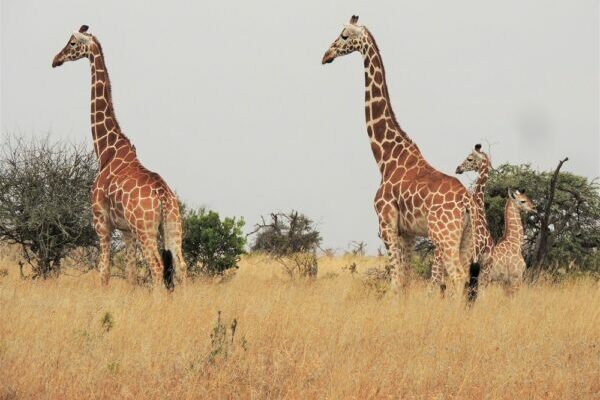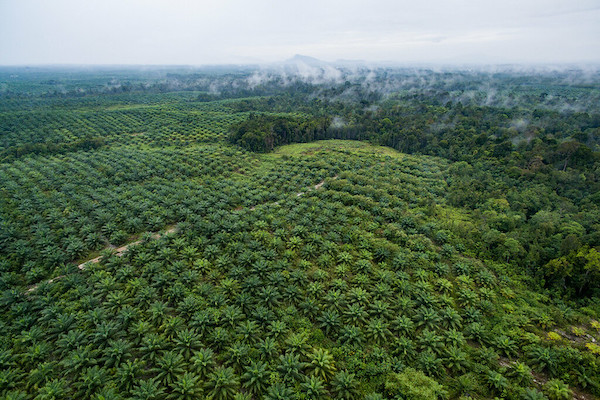
The cultivation of vanilla in Madagascar provides a good income for small-holder farmers, but without trees and bushes the plantations can lack biodiversity. Agricultural ecologists have investigated the interaction between prey and their predators in these cultivated areas.
Read More











